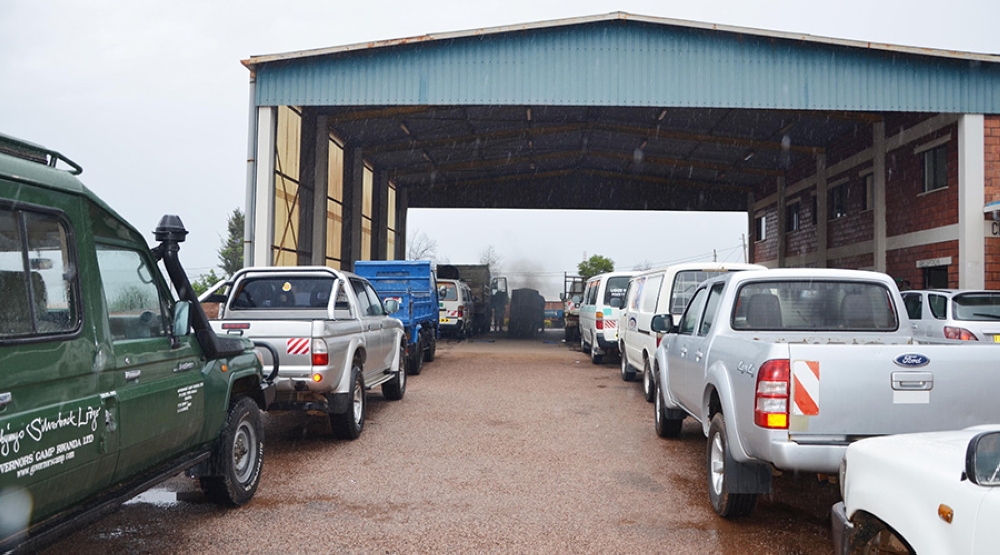East African Community is expected to unveil a single customs territory model that will allow for the collection of revenue at the port of entry during this year’s EAC Heads of State Summit in Nairobi.

East African Community is expected to unveil a single customs territory model that will allow for the collection of revenue at the port of entry during this year’s EAC Heads of State Summit in Nairobi.The decision to prepare conditions under which a single customs territory will operate was arrived at the 10th Extra Ordinary Summit in April this year despite opposition from EAC landlocked partner states.This year’s EAC Heads of State summit in Nairobi is expected to look at the models with a view of ensuring that all revenue meant for each of the five countries, and collected at the port of entry, is rightly remitted.Customs experts from the Partner States met in Arusha in September this year to plot the roadmap for the attainment of the EAC Single Customs Territory (SCT).The experts, who constitute the High Level Task Force (HLTF) on the Single Customs Territory are expected to hand in a report, which will be discussed by the Head of States from Kenya, Uganda, Tanzania, Rwanda and Burundi."A task force will look at issues at hand,” Chiboli Shakaba, acting Permanent Secretary EAC ministry said in an interview with Weekend Business.Central point"All revenues will be collected at the port of entry. Though we haven’t seen their report but the task force is expected to identify a model through which the five countries can earn their revenue.”At the Summit meeting, the Presidents gave their green light to the SCT and adopted in principle the destination model of clearance of goods where assessment and collection of revenue is at first point of entry and revenues are remitted to the destination Partner States, but subject to fulfillment of key pre-conditions to be developed by the High Level Task Force.According to the EAC Director General for Customs and Trade, Peter Kiguta, transformation of the EAC into a Single Customs Territory is what is required to spur liberalized trade regime, as goods would circulate freely through the Territory."We still have internal controls as goods are not circulating freely,” Mr. Kiguta said. "As a Customs Union we are supposed to be one Customs territory.”He noted that the Summit of EAC Heads of State was concerned that these internal controls were hindering the region from the full benefits of the Customs Union. But Rwanda, Uganda and Burundi are worried that they may loss income from the imports if the model is not capable of remitting the rightful revenue to them."Due sensitivity ought to be given to the land locked countries whose economic vibrancy suffers setbacks more in favour of the more endowed territories with imposing customs prowess,” Bosco Rusagara, formerly president of the Federation of East African Freight Forwarders (FEAFFA) said.






